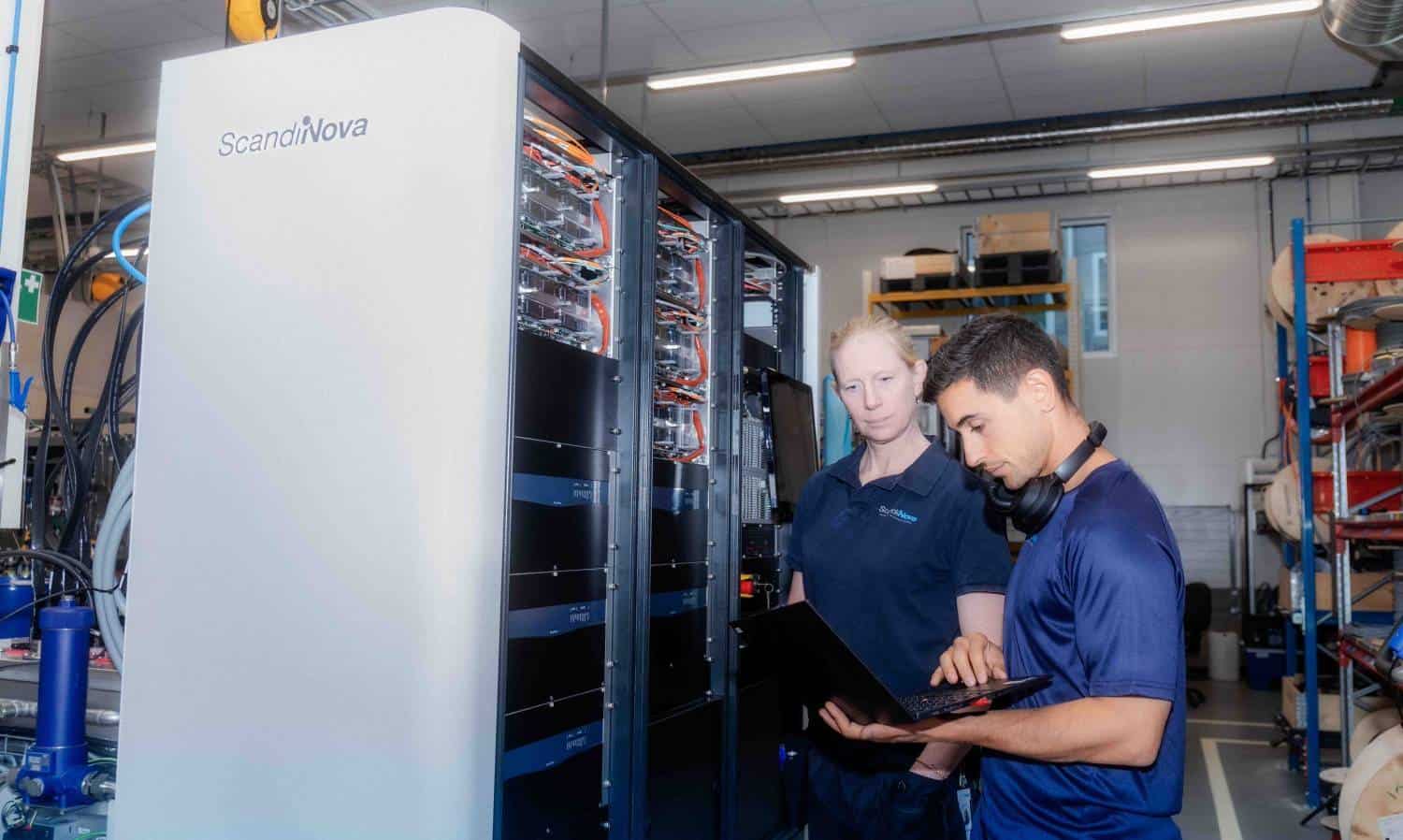Industry analysts sometimes squabble over the pros and cons of single-tenant versus multi-tenant cloud deployment. While single-tenant deployment may have been a viable solution for some organizations in the recent past, multi-tenant deployment offers numerous benefits for organizations looking to modernize their operations. As a true cloud-based platform, multi-tenant deployment can offer vast amounts of storage, a speedy implementation, and advanced security capabilities.
Here are nine of the key advantages.
Security expertise: Multi-tenant brings the continuous scrutiny of experts who are vigilant to new attack approaches. In self-hosted, single-tenant environments, organisations need to hire an entire team of highly experienced IT security specialists. In some regions, those skills may be difficult to find in the available talent pool.
Continuous upgrades: Rather than scheduling large-scale events every two to three years for a major upgrade, multi-tenant deployments typically receive smaller updates as they are released and implemented by the provider, which means you don’t need to make your own changes that can potentially break future upgrades.
Cost control: There is no need to dedicate extra staff or security, or have to pay for excess capacity for peak periods and extra space for full redundancy and disaster recovery.
Agility: Because a multi-tenant solution is kept modern, it will have the localizations needed for new regions and can therefore support growth and change of the organisation. In addition, you can easily adjust capacity as needed for mergers or new branches.
Innovation: Multi-tenant provides elastic storage capacity, which is the type needed for advanced technologies relying on large amounts of data, such as the internet of things, artificial intelligence, and machine learning. This in turn, frees the IT team from maintenance tasks, so that they can focus on more strategic issues.
Platform as a service: Reports can be created, interfaces personalized and more without having to alter code because of the multi-tenant architecture’s no code/low code tools. Modern multi-tenant solutions should provide tools to support extensibility and offer the ability to personalize without the need for cumbersome modifications.
Top-quality, sophisticated solution: Multi-tenant solutions have been, and continue to be highly scrutinized, by the provider. For software to be viable in a multi-tenant environment, it must meet continued, rigorous testing and quality control standards.
Opportunity to streamline: Migrating to a multi-tenant deployment is the chance to change workflows, priorities, and even culture through steering new thinking and attitudes amongst staff. For example, you can put the customer at the centre of your enterprise or focus on product innovation.
This is the future: Such deployment can represent the basis for a long-term strategy and operational action plan. The benefits listed here are the foundation of a digital transformation. In addition, migrating to a multi-tenant deployment is likely the last major implementation you’ll ever have to do because it will continue to adapt as technology changes.
If the leadership team is seeking comprehensive, end-to-end transformation, multi-tenant is unequivocally the best option for the long term.
Khaled AlShami is Vice President, solution consulting, MEA, Infor.
The opinions expressed are those of the author and may not reflect the editorial policy or an official position held by TRENDS.








